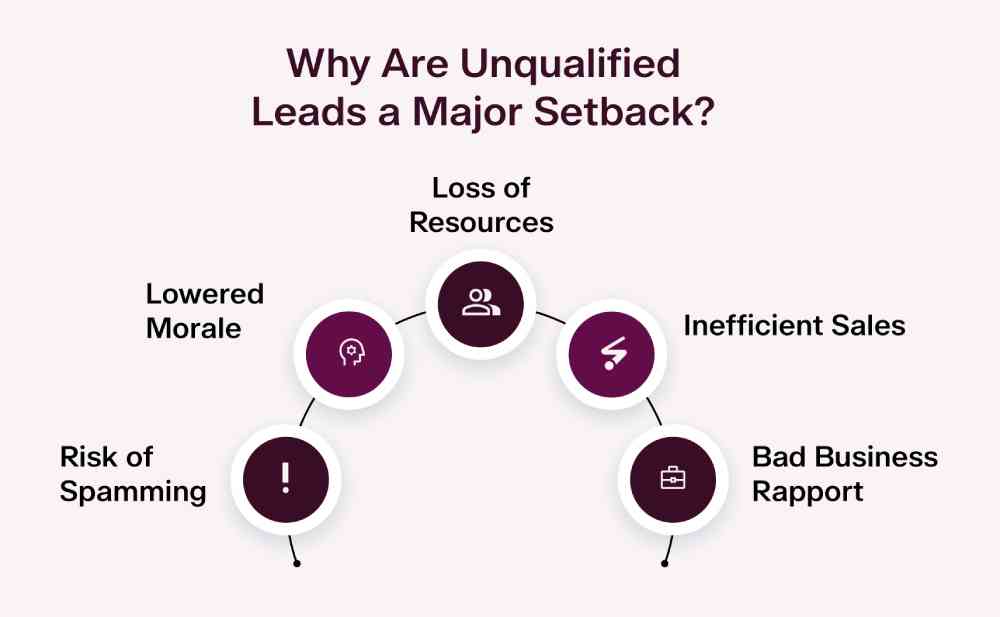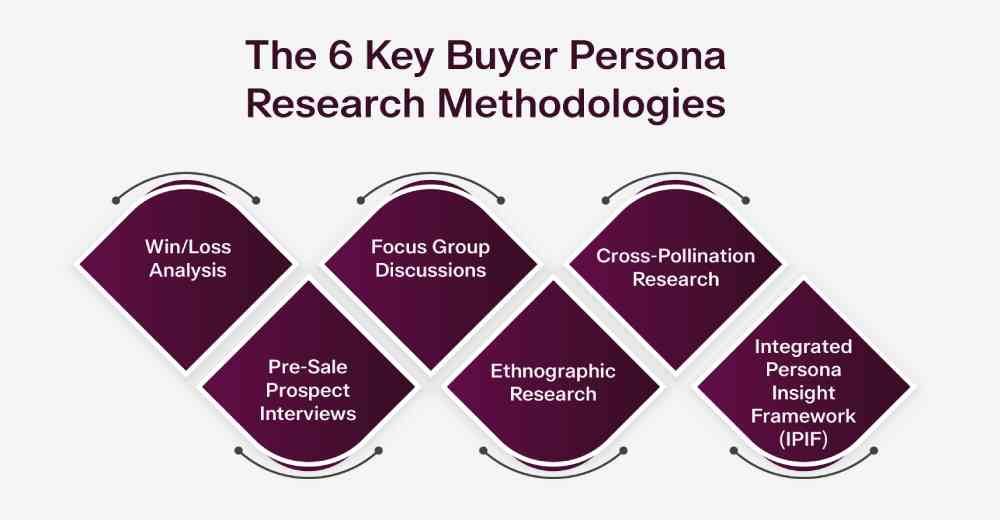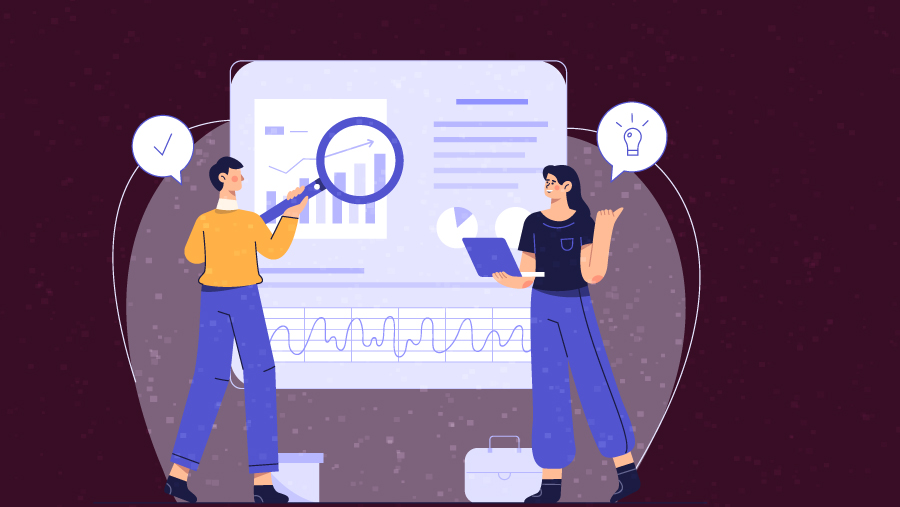
How to Do Buyer Persona Research for Outbound Sales
Did you know nurturing relationships with your potential customers is vital? Here’s the reason. 63% of leads take at least three months to convert. Additionally, 21% of leads are ready to buy now!
Targeted marketing and outreach can help you connect with these high-intent leads and close deals faster. But where do you start?
Begin by focusing on meticulously developing buyer personas. A thorough research lends insights into their needs, challenges, and behaviors.
As outbound marketing agency experts at Revnew vouch for this strategic understanding that lets you customize outreach efforts, significantly improving your chances of engaging with leads more likely to convert. So, let’s explore how a focused approach to buyer persona research can make every lead count.
The Repercussions of Unqualified Leads in Sales
67% of lost sales are because businesses don’t correctly qualify their potential customers. In fact, pursuing unqualified leads is more than just a minor setback; it has profound repercussions that extend across various facets of your business.
Let's check out the multifaceted impact of chasing these dead-end prospects:

- Financial and Time Loss: Substantial money and valuable hours are lost on leads that never convert. It misdirects efforts away from more promising prospects and directly impacts revenue potential.
- Lowered Morale: Constantly pursuing dead-end leads can demoralize your sales teams. Success fuels motivation; without it, enthusiasm and productivity drop, making the sales process even more challenging.
- Sales Inefficiency: Focusing on unqualified leads clutters the sales funnel and slows the process. It makes identifying and nurturing viable prospects challenging.
- Increased Spamming Risk: Excessive outreach to unqualified leads can be perceived as spam – deterring potential customers.
- Loss of Business Reputation: Being seen as relentless or inconsiderate in your pursuit efforts can tarnish your brand. Hence, it complicates future sales endeavors.
How Does Buyer Persona Research Help?
Buyer persona research is a strategic approach that defines detailed profiles of your ideal customers. Let's explore how this research plays a pivotal role in successful outbound sales:
1. Targeting the Right Audience
By understanding your buyer personas' specific characteristics and needs, you can more accurately identify and target businesses most likely to benefit from your product/service. This precision targeting ensures your sales efforts are focused on prospects with the highest conversion potential, optimizing your resources.
2. Crafting Impactful Messaging
Buyer personas inform you about your prospects’ pain points and aspirations. This knowledge enables you to tailor your messaging to:
- Address their specific concerns
- How your offerings can solve their problems
Personalized, relevant messaging resonates more deeply with potential customers, significantly increasing the chances of engagement.
3. Improving Lead Conversion Rates
Buyer persona research ensures you're reaching out to the right people in the right way. This strategic alignment between your offering and your customer’s needs leads to:
- More effective sales conversations
- A higher rate of successful conversions
Now that you know how customer persona research is beneficial, let’s check out how to execute it.
What Are the Key Buyer Persona Research Techniques?
The following buyer persona analysis methods can provide a multifaceted understanding of your prospects. Here’s how each technique works:

1. Win/Loss Analysis
Examine deals your company has won or lost to understand the factors behind customers' decisions. Conduct interviews or surveys with clients who decide for or against your product or service.
As such, you can uncover insights about what influences buying behavior, preferences, and deterrents. This direct feedback helps identify strengths to leverage and weaknesses to address – making it a powerful tool for strategic improvement.
2. Pre-Sale Prospect Interviews
Conduct structured interviews with prospects to understand their perceptions of your product and competitors and the solutions they seek. These insights can guide product development, marketing strategies, and sales approaches to more effectively meet the needs of your target market.
3. Focus Group Discussions
Focus groups bring together small groups of target customers to discuss their opinions, attitudes, and perceptions about a product, service, or concept. This controlled setting allows for in-depth discussion and can uncover nuances in customer attitudes.
By observing participant interactions, you can gain insights into the following aspects:
- Customer priorities
- Buyer language
- The relative importance of different product features or brand messages
4. Ethnographic Research
Observe and interact with potential customers in their environment to gain a deep contextual understanding of how they live, work, and use solutions naturally. Ethnographic research can uncover unarticulated needs and behaviors that customers themselves may not be aware of.
It's handy for designing products or services that fit seamlessly into the user's life or for identifying pain points in current offerings.
5. Cross-Pollination Research
Partner with companies in non-competing but related fields to share insights and conduct joint research. It can include:
- Co-developing surveys
- Sharing market research data
- Collaborating on industry reports
The key benefit of this approach is accessing a broader range of insights and perspectives, – revealing new opportunities for innovation and market positioning. Hence, you can uncover unique insights your partners might not be able to gather independently.
6. Integrated Persona Insight Framework (IPIF)
IPIF harnesses a blend of analytical and interactive techniques for in-depth buyer persona understanding, structured into four core strategies:
- Internal Sales Data Review: Analyze customer demographics, behaviors, and past interactions directly from your internal sales data to uncover trends and patterns.
- Targeted Surveys: Conduct focused surveys to gather specific insights from your audience about their challenges, aspirations, and communication preferences.
- Market Analysis: Utilize market research reports and competitor analysis to understand industry trends and identify common issues within your target group.
- Social Media Monitoring: Track relevant online conversations to gain real-time insights into potential customer needs and market sentiments.
Now that you understand how to conduct buyer persona research, let’s learn how to develop personas based on this research.
How to Develop Research-backed Comprehensive Buyer Personas?
Our experts at Revnew have developed the Buyer Persona Insight Template (B-PIT) – using which you can design nuanced buyer personas backed by research. Here are the steps:
- Define Core Buyer Roles: Identify the critical roles within your target market that interact with or make decisions about your product/service. Examples might include the CEO, VP of Marketing, or IT Manager.
- Understand Business Goals and Challenges: Pinpoint the specific objectives and pain points each persona faces that your product/service can address.
- Note Buying Journey Stages: Outline each persona's steps from becoming aware of a need to considering solutions to making a decision.
- Consider Information Consumption Habits: Determine each persona's preferred content formats and channels to guide your content marketing strategy.
- Focus on Behavioral Traits: Understand each persona's personality styles and decision-making habits to fine-tune your messaging and approach.
Embed Implementation Steps
- Research: Utilize surveys, interviews, social media listening, and data analysis to gather information on the above areas.
- Synthesis: Combine and analyze the data to create a detailed profile for each identified buyer role.
- Application: Use the insights to:
- Tailor your product development
- Design your marketing strategies
- Build your sales approaches
– specifically to meet the needs and preferences of each persona.
Example of A Buyer Persona Insight Template
Now, let’s check out an example of designing B-PIT for a certain persona – say, marketing VP:
| Aspect | Details |
| Role | VP of Marketing |
| Business Goals and Challenges | Increase brand visibility, generate leads, and optimize marketing ROI. |
| Buying Journey | Awareness, Consideration, Decision |
| Information Consumption Habits | Case studies, Webinars, and Industry reports. |
| Behavioral Traits | Analytical, seeks proven results, and values peer recommendations. |
Next up…
Conclusion
Leveraging buyer persona research in your outbound sales strategy helps you cut through the noise and connect with prospects on a level that truly resonates. It optimizes your resources by concentrating on leads with the highest conversion potential. Plus, it enhances the overall customer experience, setting the stage for long-term relationships.
Don't let your sales team spend another moment chasing dead-end leads. Embrace the power of personalized outbound sales with buyer persona research.
If you want to refine your outbound strategies even further, our team at Revnew is here to help. Contact us today for a consultation, and let's unlock the full potential of your sales efforts together.




